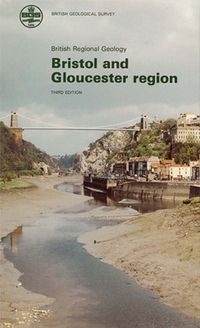Template:Featured article1: Difference between revisions
Jump to navigation
Jump to search
No edit summary |
No edit summary |
||
| (5 intermediate revisions by the same user not shown) | |||
| Line 1: | Line 1: | ||
[[Image: | [[Image:P894510.jpg|frameless| right|200px| ]] | ||
''' | '''Bristol and Gloucester regional guide'''<br> | ||
The | The area dealt with comprises the Cotswolds and the Severn Estuary region, and includes the greater part of the counties of Avon, Gloucestershire and Somerset (excluding west Somerset); also, for geological continuity, small parts of the counties of Gwent, Herefordshire, Worcestershire, Wiltshire and Dorset. Geologically speaking, it is one of the most varied districts of Britain, for, with the exception of the Ordovician and possibly the Permian, there is exposed at the surface every geological system from the Cambrian to the Cretaceous . . . [[Bristol and Gloucester region - an introduction | '''(Read the full article...)''']] | ||
Latest revision as of 08:54, 6 January 2020

Bristol and Gloucester regional guide
The area dealt with comprises the Cotswolds and the Severn Estuary region, and includes the greater part of the counties of Avon, Gloucestershire and Somerset (excluding west Somerset); also, for geological continuity, small parts of the counties of Gwent, Herefordshire, Worcestershire, Wiltshire and Dorset. Geologically speaking, it is one of the most varied districts of Britain, for, with the exception of the Ordovician and possibly the Permian, there is exposed at the surface every geological system from the Cambrian to the Cretaceous . . . (Read the full article...)